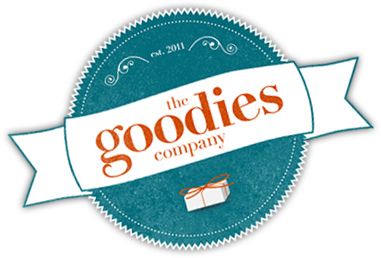Eating out of the box, in the box, and from the box is a culinary activity that is drawing new and fortuitous attention. Eating OUT of the box is the challenge issued by food nutritionists and foodies who want consumers to resist the temptation to buy processed, ready-made meals that are sold in microwaveable boxes. Eating IN the box is an activity that takes place in large, industrial buildings owned by such behemoths as Wal-Mart and Costco. Those “big box” enterprises are often castigated for their inhumane, boxy shape and are eschewed by those who resist bigness, not to mention boxes. And last, eating FROM the box means eating items from boxes that arrive on your doorstep through the postal service or other carriers. These boxes are fast becoming the new metaphor of our food system.
The relationship between food and boxes seems shallow; but look deeper and you observe that boxes are the repositories of education, food retailing, and healthier diets. How so? For decades, the Community Supported Agriculture (CSA) movement offered its subscribers monthly deliveries chock full of a farm’s monthly produce. You bought a share in a farm’s produce, you received a box of a farmer-curated harvest. Now, subscriptions to monthly deliveries of food are taking new forms as entrepreneurs see a potential for the box.
Urban farm-to-table services are delivering curated food to city dwellers by subscription. Companies like Austin’s Greenling, Farm-to-Table, and Farmhouse Delivery gather up produce from local farmers and bring them to your door in a recyclable box. Web-based services offer monthly-curated boxes that include such artisanal foods as handmade chocolates and herb-encrusted roasted almonds. Consumers learn about new products and local businesses become part of a local brand as they get a chance to provide samples to their target audiences. Examples of these companies include Joyus, Zingerman’s, Tasterie, Love with Food, and New York Mouth. These new companies bring connoisseurship to the CSA box. The curated food box, valued by its association with sophisticated taste, adds value for customers by leveraging the culinary intelligence of an individual who hand-picks the box contents. Called “discovery commerce”, the curated box is the new food app.
This week Wal-Mart made a appearance in this emerging market with its own curated food box. The creation of Wal-Mart Labs, where the company innovates and creates new products and services, the food box moves Wal-Mart into a market usually filled with companies that align themselves with the organic and Slow Food movements. The new box evoked both surprise and consternation by food activists who see Wal-Mart as the symbol of what’s wrong with our food system. But perhaps this is a sign that improvements are coming from the top down, not only from grassroots communities.
Wal-Mart’s curated box is available through a new service called The Goodie Company. If the new venture does well, Wal-Mart could expose their customers to new and healthier ways of eating at lower prices.
Could this be a win for consumers? While Wal-Mart is off-limits for most foodies, for either quality, political, or ethical reasons, shouldn’t we celebrate innovation and opportunities for consumers to buy better food from local businesses at lower prices? Wal-Mart may be bringing scale to the concept of small and precious. Perhaps this is a model worth watching, either from the box, in the box, or by buying the box.
P.S. I forgot to mention a new Austin box, Coterie Market…..not up and running yet, though.
